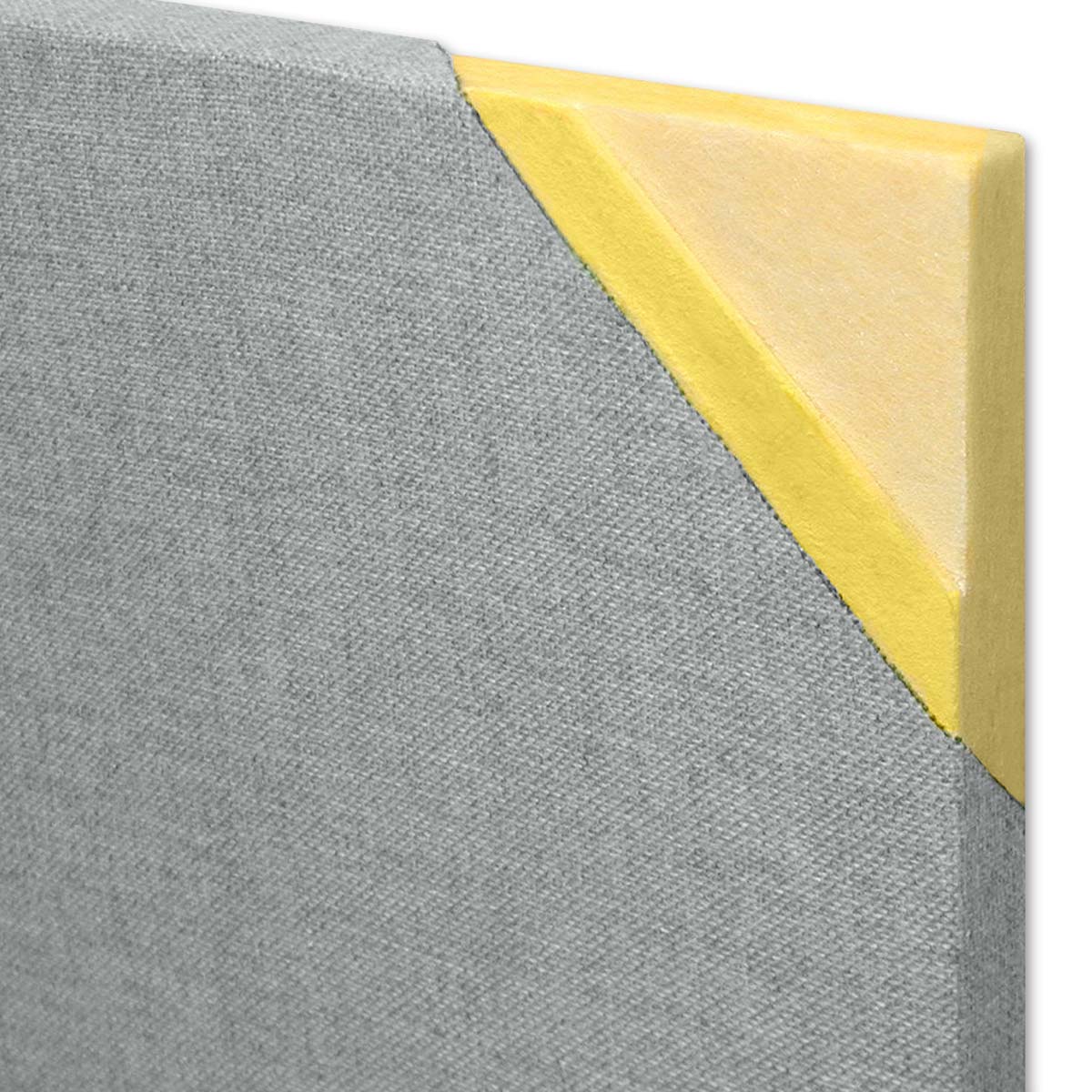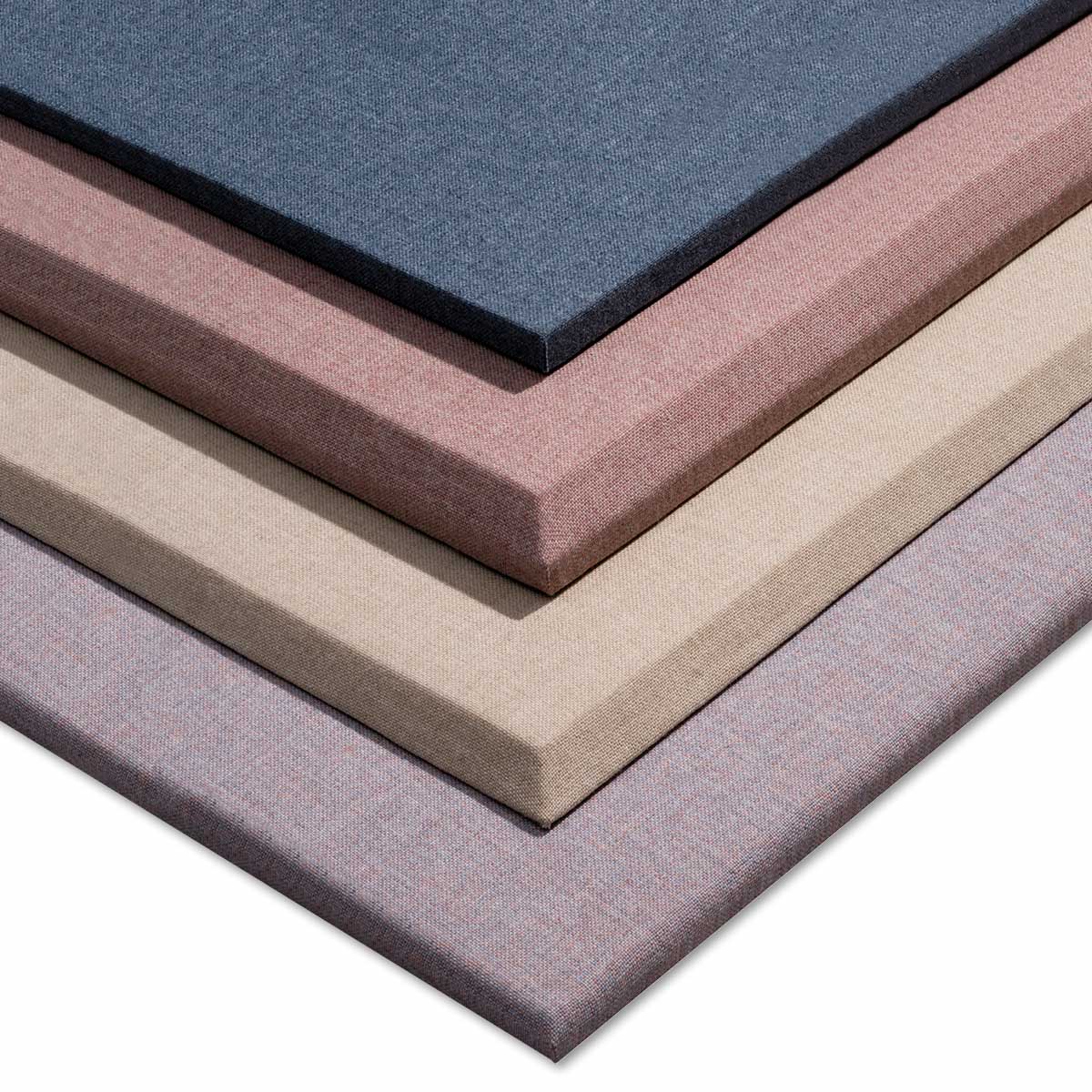Accomplish Perfect Harmony in Your Home With Effective Soundproofing Approaches for Optimum Acoustics
Soundproofing plays an important duty in accomplishing optimum acoustics, influencing the method we experience and interact with our living areas. By understanding the basics of soundproofing, recognizing sources of sound disruptions, choosing ideal materials, and applying tried and tested techniques, you can transform your home right into a sanctuary of harmony where audio enhances rather than interferes with.

Understanding Soundproofing Basics
What are the fundamental principles that underlie effective soundproofing techniques? Soundproofing is rooted in the understanding of how acoustic waves traveling and connect with various materials. The key to successful soundproofing hinges on interfering with or soaking up these acoustic waves to lessen their transmission from one area to another. This can be achieved via numerous techniques, such as adding mass to walls, floorings, and ceilings, securing spaces and cracks to prevent audio leakage, and using sound-absorbing products like acoustic panels or carpetings (acoustic solutions).
Understanding the principle of sound transmission course (STC) scores is essential in selecting the ideal materials for soundproofing. The STC score gauges exactly how well a product can minimize airborne audio transmission through it, with greater STC ratings showing much better soundproofing capacities. Furthermore, taking into consideration the effect of impact insulation course (IIC) ratings for minimizing impact sound, such as footsteps or furnishings moving, can further improve the effectiveness of soundproofing options.
Assessing Sound Resources in Your Home
Structure upon the foundational understanding of soundproofing concepts, a crucial action in reliable noise mitigation within your home includes determining and examining the various sources of undesirable sound. Noise sources can be classified right into two primary kinds: airborne sound, that includes seem like discussions, songs, and television, and effect sound, such as footsteps or products being gone down. To assess these sources, think about the various rooms in your home and the tasks that typically occur in each. As an example, the living-room may have much more air-borne sound from amusement systems, while impact noise from steps might be a problem in locations with hard flooring like hallways or kitchen areas.
Furthermore, think about outside sources of noise, such as website traffic, next-door neighbors, or close-by building, which can likewise impact the acoustics within your home. acoustic solutions. Identifying these resources will certainly assist you prioritize locations for soundproofing and select the most effective remedies. By determining the certain noise resources in your house, you can tailor your soundproofing initiatives to attain ideal results and develop a much more tranquil and harmonious living setting
Choosing the Right Soundproofing Materials
When picking soundproofing materials for your home, it is necessary to prioritize efficiency and compatibility with your details noise issues. Take into consideration elements such as the kind of sound you are trying to block, the degree of soundproofing required, and the visual appeals of the products to guarantee they mix perfectly right into your living room.
One common material for soundproofing is acoustic foam. This light-weight and functional product is fantastic for taking in page mid to high-frequency audios, making it ideal for music spaces, home theaters, or workplaces. Another option is mass-loaded vinyl, which is efficient in obstructing out low-frequency sounds like website traffic or machinery sounds. For walls and ceilings, soundproof drywall is a prominent option as a result of its capacity to lower sound transmission in between rooms.
Curtains and rugs made from sound-absorbing materials are also effective in dampening sound, specifically in locations with tough surface areas that create sound to jump around. Remember, the secret to effective soundproofing is selecting the right materials that address your details sound concerns while enhancing the total convenience and acoustics of your home.
Applying Soundproofing Techniques
To successfully implement soundproofing strategies in your home, it is essential to start by examining the areas that are most susceptible to sound seepage. Usual sources look at this now of sound can include exterior noises from web traffic, neighbors, or neighboring construction, in addition to internal resources like devices, plumbing, and home entertainment systems. Once you have actually determined these areas, you can start executing soundproofing solutions customized to every specific room.

For more considerable sound decrease, take into consideration mounting soundproof drywall, double-glazed home windows, or resistant networks to separate resonances. Additionally, rearranging furniture, adding bookshelves, or incorporating sound-absorbing materials can further enhance the acoustics of a room. By strategically executing these soundproofing methods, you can produce a quieter and more tranquil living atmosphere in your home.
Maintaining and Improving Acoustic Environment
After implementing soundproofing techniques to address sound seepage in your house, the focus shifts towards maintaining and boosting the acoustic setting to make sure a constantly relaxed living area. To preserve optimal basics acoustics, routinely inspect soundproofing products for damage, ensuring they remain reliable in obstructing unwanted noise. Maintain windows and doors correctly sealed to avoid audio leakage and consider including weather condition removing or door moves for additional soundproofing.
Improving the acoustic setting can entail tactical positioning of furnishings, rugs, and drapes to moisten audio representations and echoes. Making use of sound-absorbing materials such as acoustic panels or foam can better improve the overall audio high quality in your house. acoustic solutions. Furthermore, incorporating soft home furnishings like cushions and coverings can help lower noise echo, producing an extra pleasurable acoustic experience
Moreover, investing in sound-absorbing decor elements like shelfs, tapestries, or plants can add to a well balanced acoustic setting. On a regular basis decluttering your space can likewise prevent sound waves from jumping off surfaces, eventually boosting the general acoustics of your home. By continually maintaining and improving your acoustic setting, you can produce an unified and tranquil living area on your own and your family.
Final Thought
In verdict, achieving best consistency in your home through efficient soundproofing approaches is important for ideal acoustics. By recognizing soundproofing basics, evaluating sound resources, choosing the best materials, carrying out strategies, and maintaining the acoustic environment, you can create a relaxed and delightful space devoid of unwanted noise disruptions. Focusing on soundproofing initiatives can significantly improve the general high quality of life in your house.